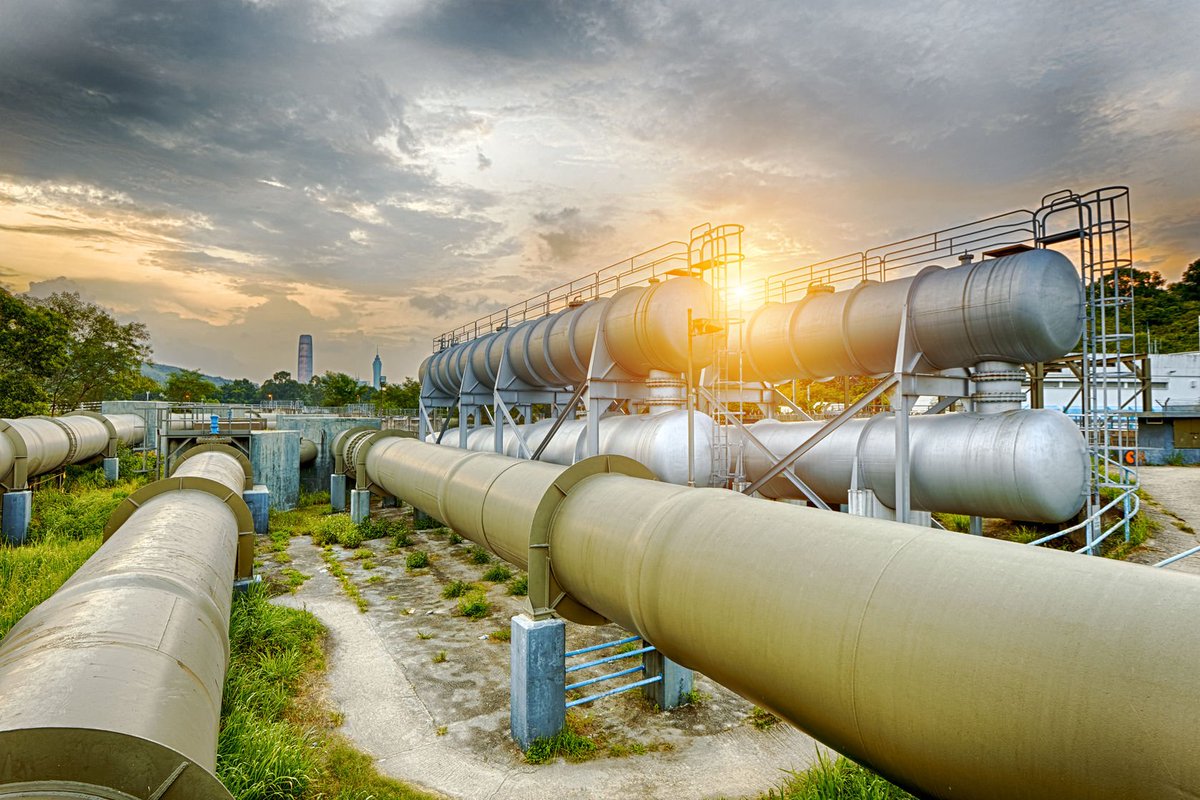In this thread I’ll focus on production capacity
1) Tesla ended Q4 with an annualised production rate of 344k Fremont Model 3s (up 40% yoy) & 72k S&X.
3) The key question for 2020 is how much production capacity will be added with GF3 Model 3 & Y & Fremont Model Y.
5) Phase 1 of GF3 is 150k annual Model 3s & has already run at this rate on an hourly basis.
7) I guess each GF3 line is 150k initially & upgradeable to 250k in the same footprint with extra capex.
In my model I have ~100k produced in 2020.
What is Model Y capacity & will it reduce 3/S/X capacity?
We know from internal plans leaked to Business Insider in late 2018 Tesla initially planned to produce 7k/week Model Y at GF1 by Dec-2020 & 5k/week Model Y at GF3 by Feb-21. businessinsider.com/tesla-internal…
But alternatively it might only add 3k/week & take 3k of the 7k/week Model 3 - leaving 7k Y capacity & 4k 3. And maybe it is just adding the full 7k new capacity - leaving 7k 3 & 7k Y?
On the Q3 call regarding Model Y Elon said: "Yeah, the body line is separate, the paint line is -- basically we do not expect it to interfere with Model 3.”
Is there space to expand the stamp/paint shop etc capacity from 10k per week to 12k (7k 3, 5k Y) or 14k (7k 3, 7k Y)?
Fremont: Model 3 360k, S/X 90k, Y 250k, Roadster 10k.
GF3: Model 3 150k. Model Y 250k.
GF1: Semi 25k.
Total: 1,135k.
But the reality could be anywhere from 900k to 1,500k.
This 1,135k capacity would require battery GWh capacity of ~65GWh in the US and ~28GWh in China.
Consensus is currently for ~450k deliveries in 2020.
I think Tesla could announce deliveries guidance of 550k-600k.
Remember @elonmusk told @ARKInvest in early 2019 he expects Tesla to hit an annualised production rate of 1.5 million vehicles sometime in 2021 and 3 million in 2023. And on the Q3 call he said his long term target for Tesla is around 20 million per year.
Key levers to increase demand are:
Growth of the customer car fleet which drives word of mouth marketing as ~99% of surveyed Model 3 customers would recommend to friends & family.
Launch in new regions & countries.
Scaling back up the customer referral program.
Lower pricing (both due to production cost savings and localised production savings tariffs & delivery costs)
Advertising if necessary to increase awareness of the advantages of EVs & cost of ownership savings.
More supportive government EV policy.
But clearly towards $100bn of capital disagrees with you on this and you at least have to consider the possibility $TSLA deliver.










